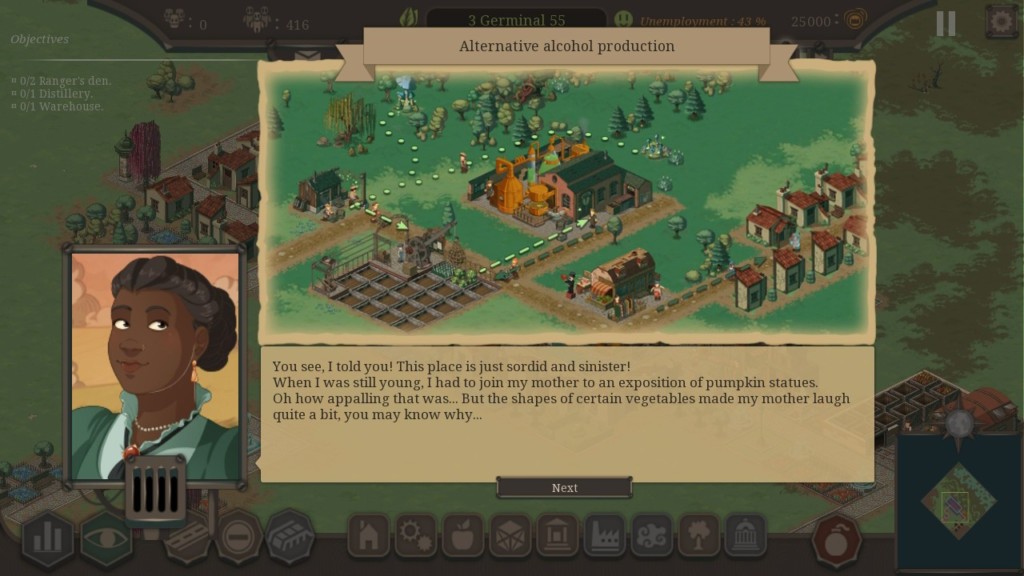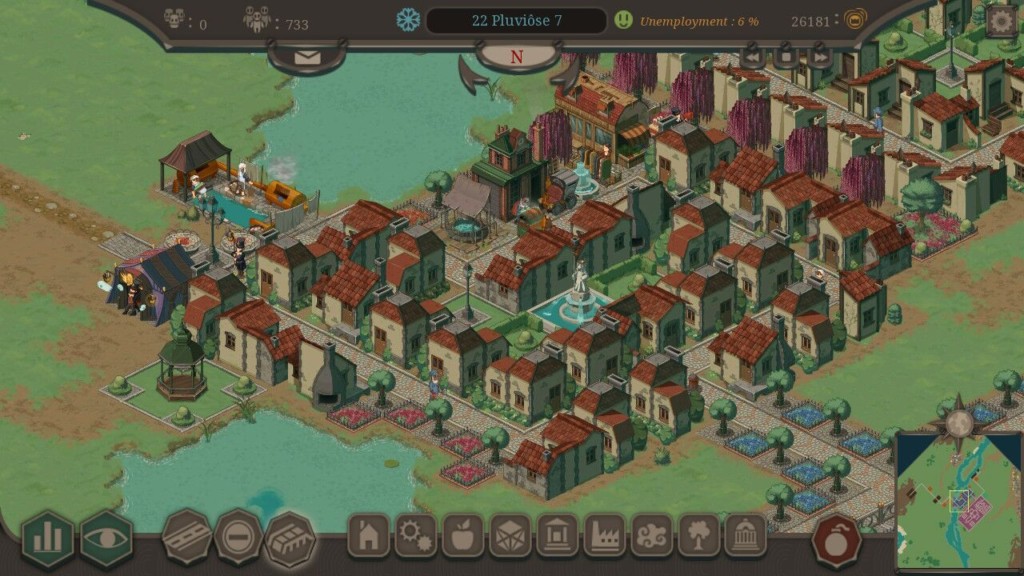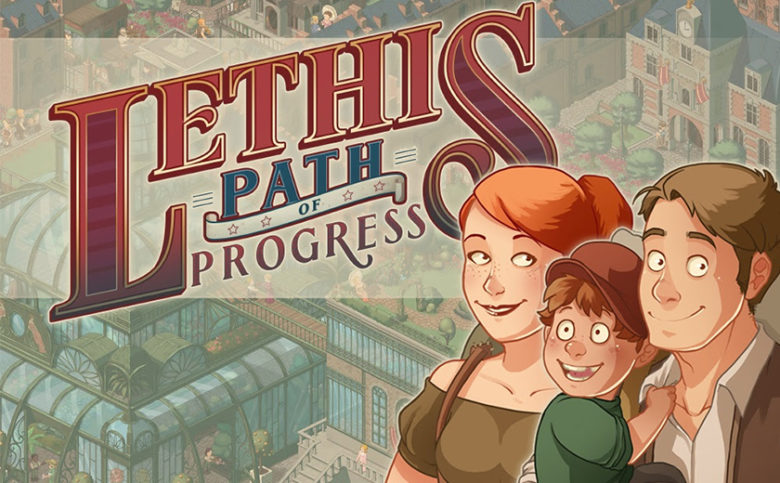[Review] Lethis – Path of Progress – Nintendo Switch
Lethis – Path of Progress
Developed and Published By: Triskell Interactive
Category: City-Builder
Release Date: 10.24.2019
Some of the best timesink games are for bean counters. In the spirit of former city-builders like Caeser and Pharoah, Lethis – Path of Progress is no different. It’s fun if you like pouring over the numbers or maintaining equilibrium in population by placing (and replacing) an assortment of buildings according to what makes your citizens happy. If not, the cute visuals and steampunk vibe won’t be enough to sell you on this meticulous city-builder game.
In Lethis – Path of Progress you play the role of a colonizer set to build a city on the outskirts of the Lethis Empire. In the game’s main campaign mode, your objectives vary according to the campaign and the natural resources available to you. Perhaps you’re given plenty of rich soil to cultivate and provide food for the empire. Another mission might place you in a swamp, where you’re more dependent on trade to keep your citizens happy. Either way, it’s your job to build a functioning city from the ground up and fulfill the constant desires of the emperor.

Every now and then announcements will come from the empire’s center, notifying you of the discovery of a new island, thus slowing migration to your corner of the world; maybe it’s a new technological advancement. Aside from these occasional updates or demands for a new shipment of fish, there’s very little drama in Lethis. Everything is buttoned down to a routine and your ability to keep it. Stray too far from the metropolis you’ve built or add too many houses and you risk upsetting the delicate economic balance of your province.
It’s never hard to understand when something’s gone wrong–you’ll see a mass exodus of people. It’s why something’s wrong that isn’t immediately clear. I understand this is probably due more to the nature of these kinds of games than Triskell Interactive’s ability to adhere to that system. Still, I found a delayed shipment of utensils to my citizens was enough to send them packing when the merchant’s route to deliver them was suddenly, and inexplicably, compromised. When enough people leave, it ignites an emigration that is often too big to recover from.

Again, I don’t want to harp too much how the game is supposed to be played–I get maintaining perfect levels of resources and mapping out their distribution is why this game is fun. It’s rewarding to see your little hamlet develop into a thriving metropolis. However, too often I learned after the fact the routes a mechanic takes only go so far. If the wrong building collapses due to neglect, society might too. I felt these details could’ve been explained better in the tutorials, where I spent most of my time trying to figure out what role the mill played in bringing aristocrats to my city.
From there, all you do is wait or count how much food you have for immigrants. If there’s excess, build more houses to attract more workers, but be mindful of consuming too much of one of the 24 different resources needed to keep the peace. One element of managing those resources is their proximity to residential centers, which at times was frustrating to manage due to the rigid camera. Placing buildings and moving around the map felt sloppy on Switch, despite the freedom to adjust the cursor sensitivity or use the d-pad within menus.

However, most gripes about touchy resource management and fussy urban planning are offset by the clean visuals and charming soundtrack. They aren’t spectacular by any means, but the adorable character drawings and pleasant music take away a little of the doldrums and tedium of trying to connect steam pipes so the upper classes have fresh coffee. In fact, there’s a lot of variety and representation among the workers, who come in different shapes, genders, and colors. Though, I would’ve liked to see a few more layperson citizens walking the streets, at least to give my cities more life. I can’t say as much about the writing. It could be the fault of poor translation, but many of the games cheeky insights and jokes fell flat. I began to skip the preemptive texts before missions because I couldn’t be bothered to wade through them.
Regardless, Lethis – Path of Progress isn’t for everybody. For me, the glossy, vaguely steampunk presentation wasn’t enough to assuage the frustrations that came from an underexplained tutorial or fragile economic system. That’s why there’s a difficulty slider and sandbox mode. But if you enjoy a numbers game, Lethis is for you. Just remember to add roadblocks.













